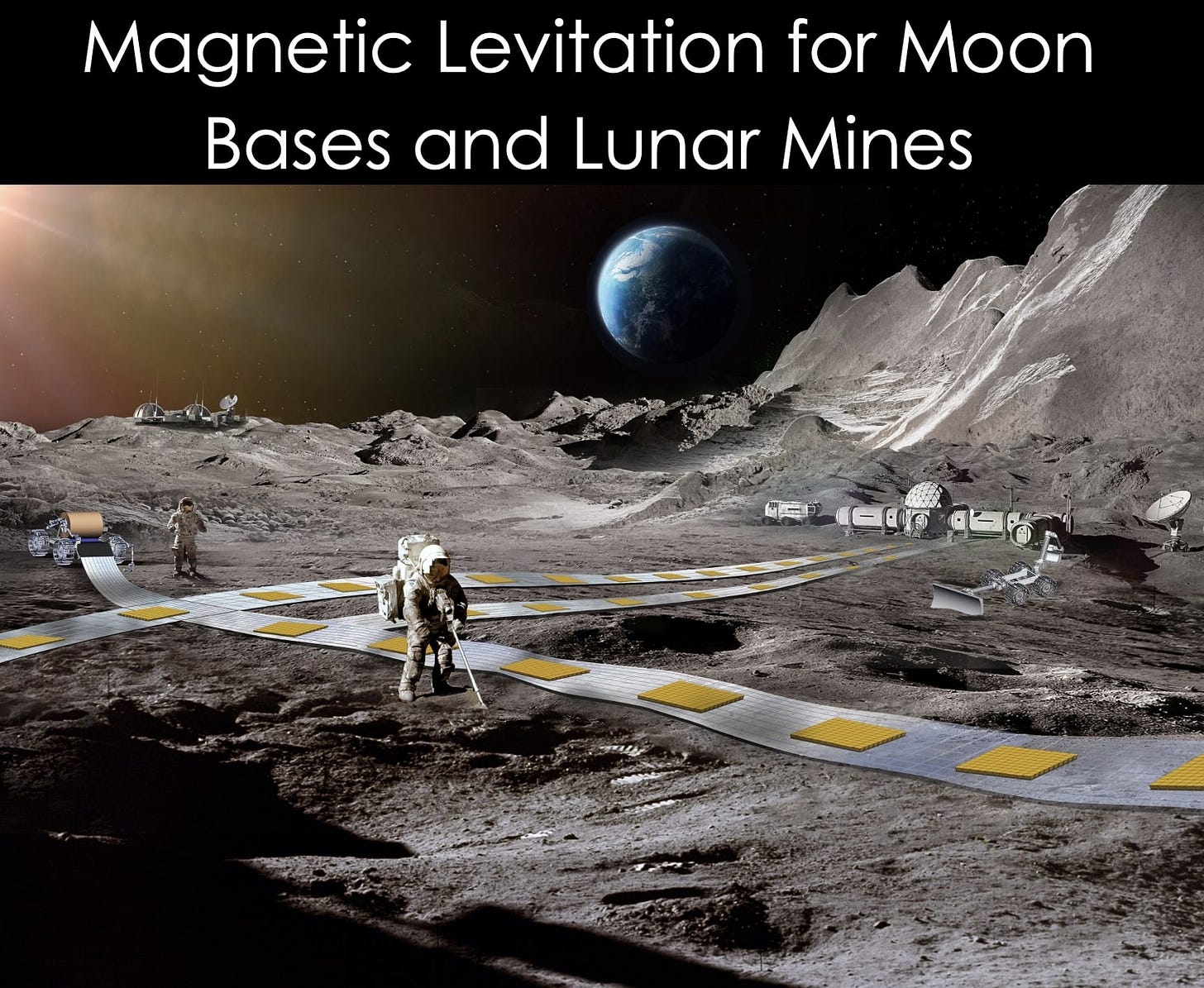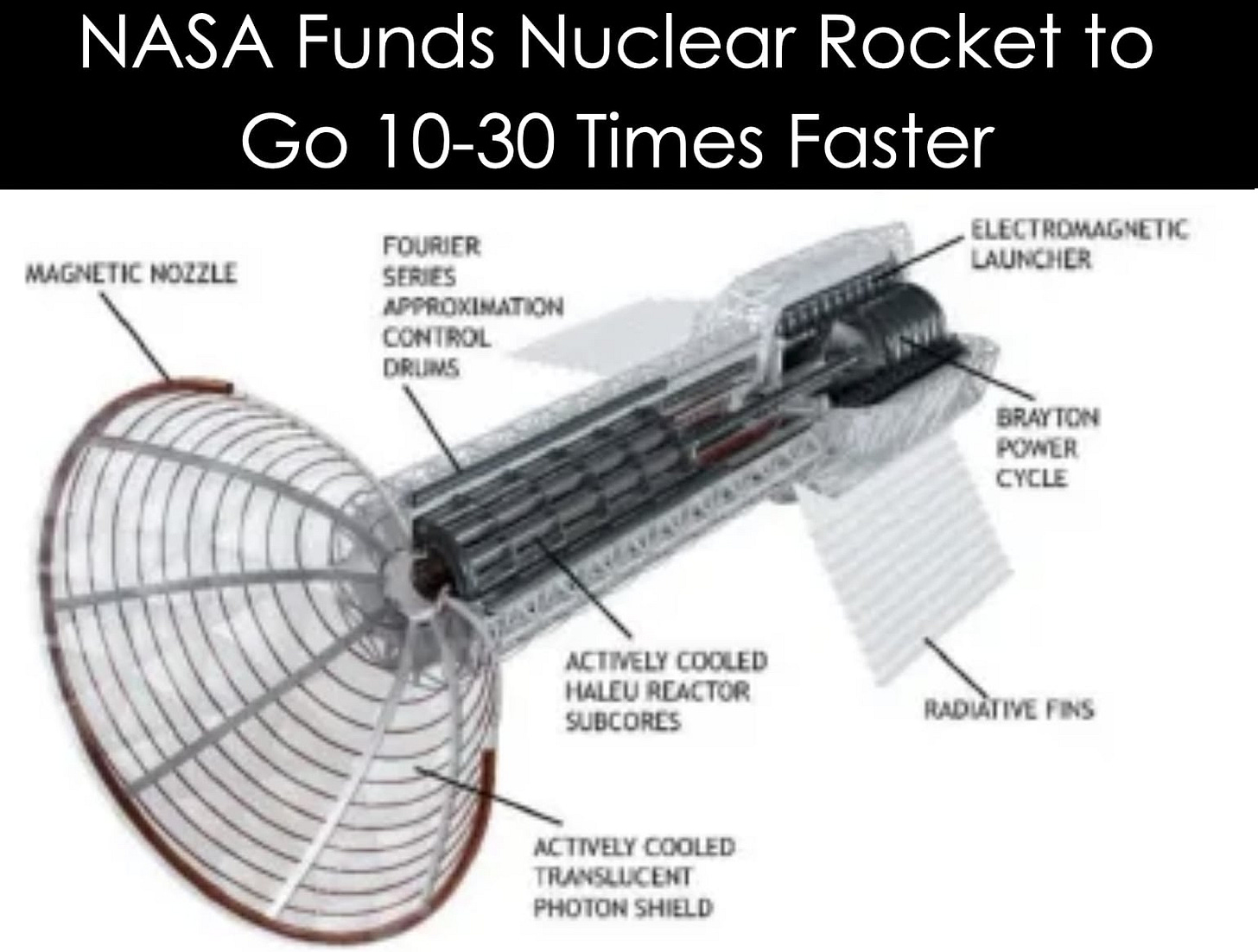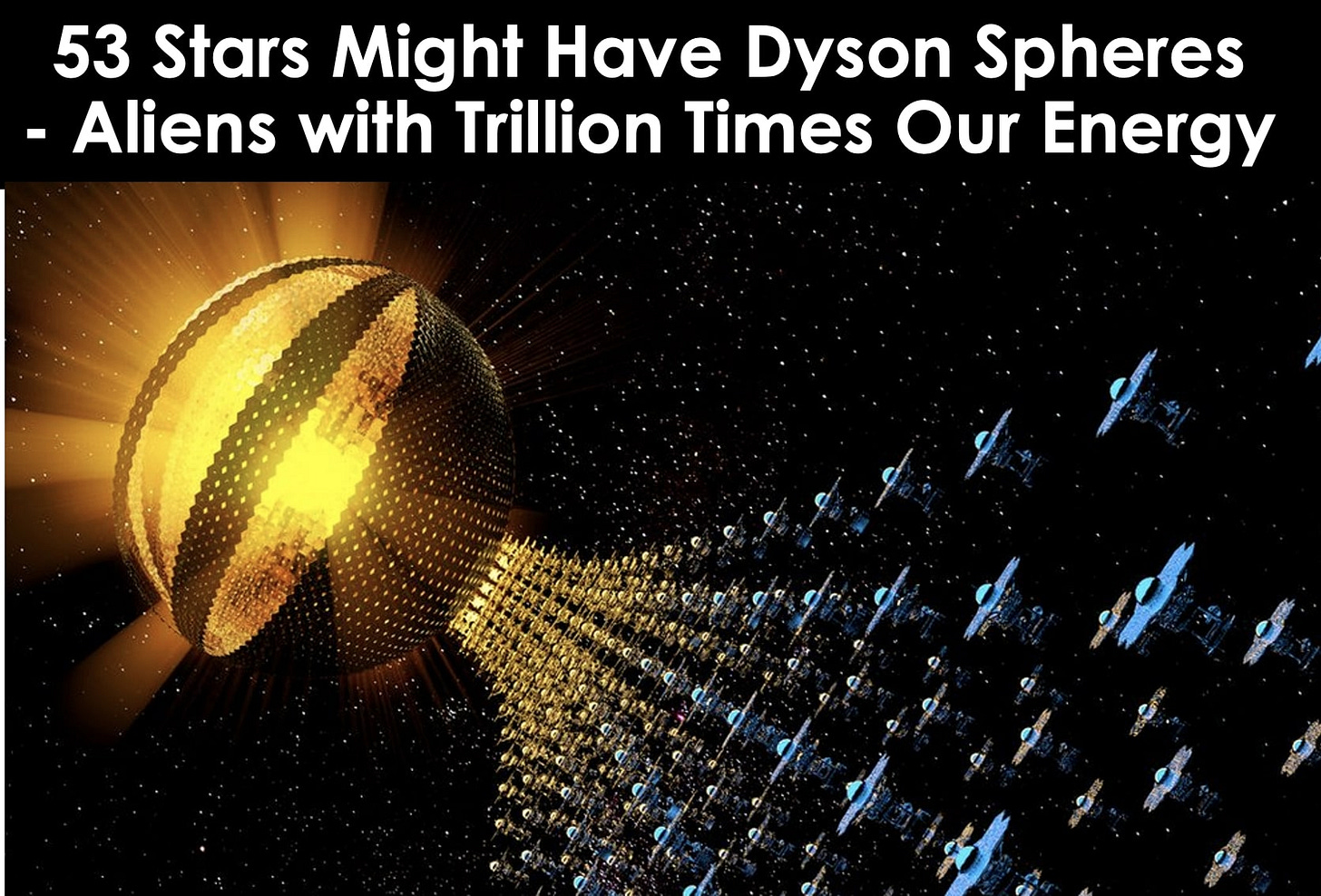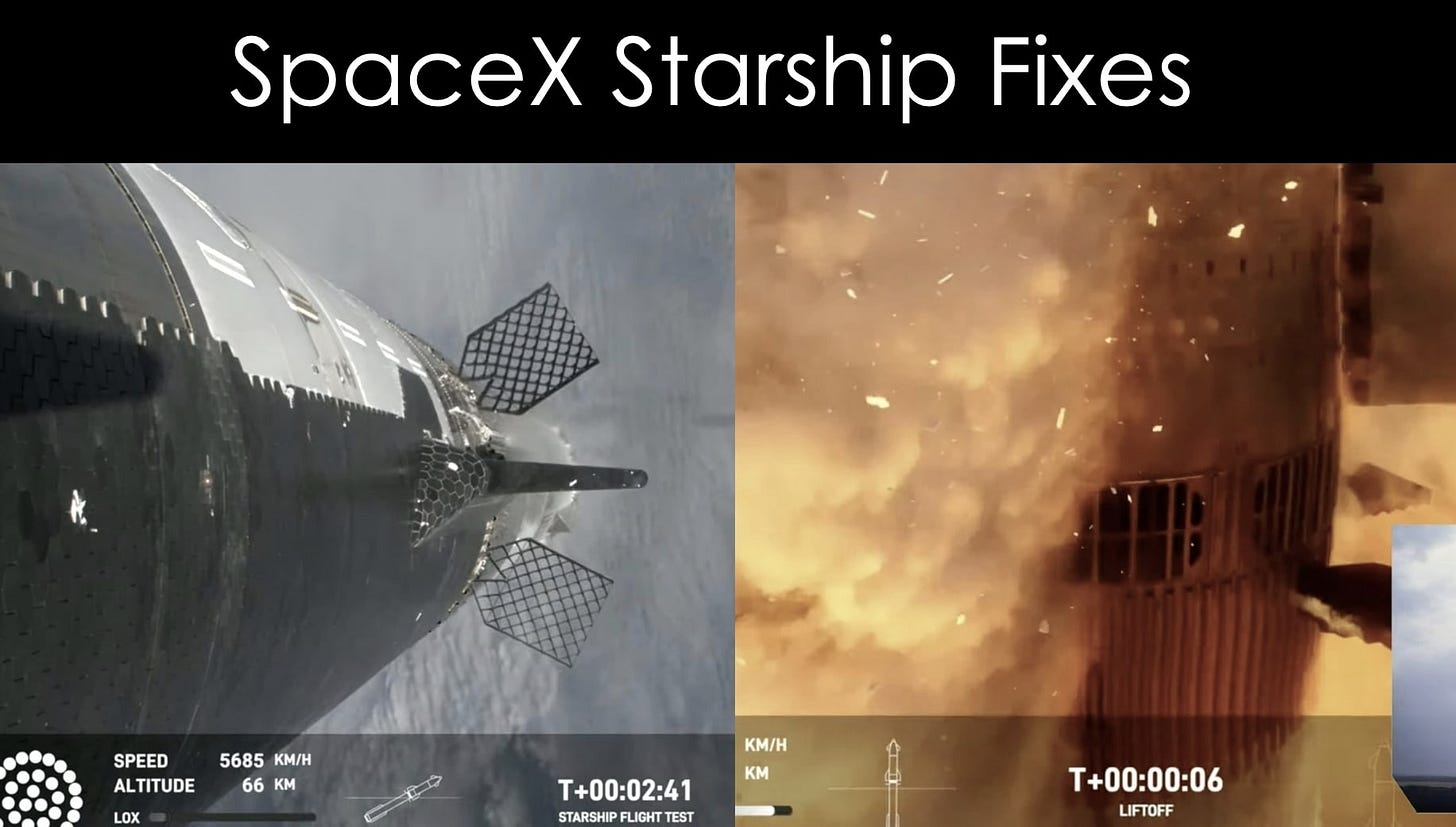What is SpaceX building and doing? What is NASA researching? What is happening in space has already been amazing and created an over $300 billion industry but we are just getting started and the pace of change is going to speed up. Here is a snapshot of what is and will happen.
Elon Musk says SpaceX has no need for additional capital and will be buying back shares. SpaceX is already valued at $200 billion as a company with 3 million Starlink customers. The limiting factor is the number of dishes they make and sell. A new factory for dishes in Texas has increased the speed of dish production which could roughly double the number of customers and revenue. Profits will grow faster as the fixed expenses are already covered. SpaceX could grow from just turing a profit on $8 billion per year in revenue to making $50 billion per year with $40 billion per year in profit within 18 months with 30 million customers. 50 Price earnings multiple would put SpaceX at $2 trillion valuation. Elon Musk owns over half and SpaceX alone would make him a trillionaire.
The moon has one-sixth the gravity of the earth so magnetic levitation can use 35 times less power to do the same work. NASA will leverage this to make thin sheets that can rolled out to make lunar railway systems. They will provide reliable, autonomous, and efficient payload transport on the Moon. FLOAT tracks unroll directly onto the lunar regolith to avoid major on-site construction — unlike conventional roads, railways, or cableways. Individual FLOAT robots will be able to transport payloads of varying shape / size (over 30 kg/m^2) at useful speeds (over 0.5m/s), and a large-scale FLOAT system will be capable of moving up to 100,000s kg (100 tons) of regolith / payload multiple kilometers per day.
A breakthrough pulsed plasma rocket is getting NASA phase 2 innovative concepts funding. It will have 15 times the efficiency of chemical rockets and with high levels of thrust at the level of a medium sized chemical rocket. Howe Industries is currently developing a propulsion system that may generate up to 100,000 Newtons of thrust with a specific impulse (Isp) of 5,000 seconds. Chemical rockets have about 300-400 specific impulse which means less fuel efficiency so that the time an engine can be used before running out of fuel is less.
Dyson spheres (aka Dyson Swarms) are hypothetical structures where civilizations build solar power satellite collection around a star. We currently generate about 50 megawatts from space based solar power out of a total of about 20 terawatts. The total solar energy that hits the earth is about 10,000 times more and the total energy from the sun is 10 trillion times more. A civilization that could harness most of the energy from a star would have a trillion times more energy than we do now. A Dyson sphere civilization should be detectable because light would be converted into electricity and then there would be waste heat at about 20 to 600 degrees celsius.
SpaceX will try to launch on June 5, 2024. SpaceX has many hardware and software fixes for the new launch.
Keep reading with a 7-day free trial
Subscribe to next BIG future to keep reading this post and get 7 days of free access to the full post archives.





